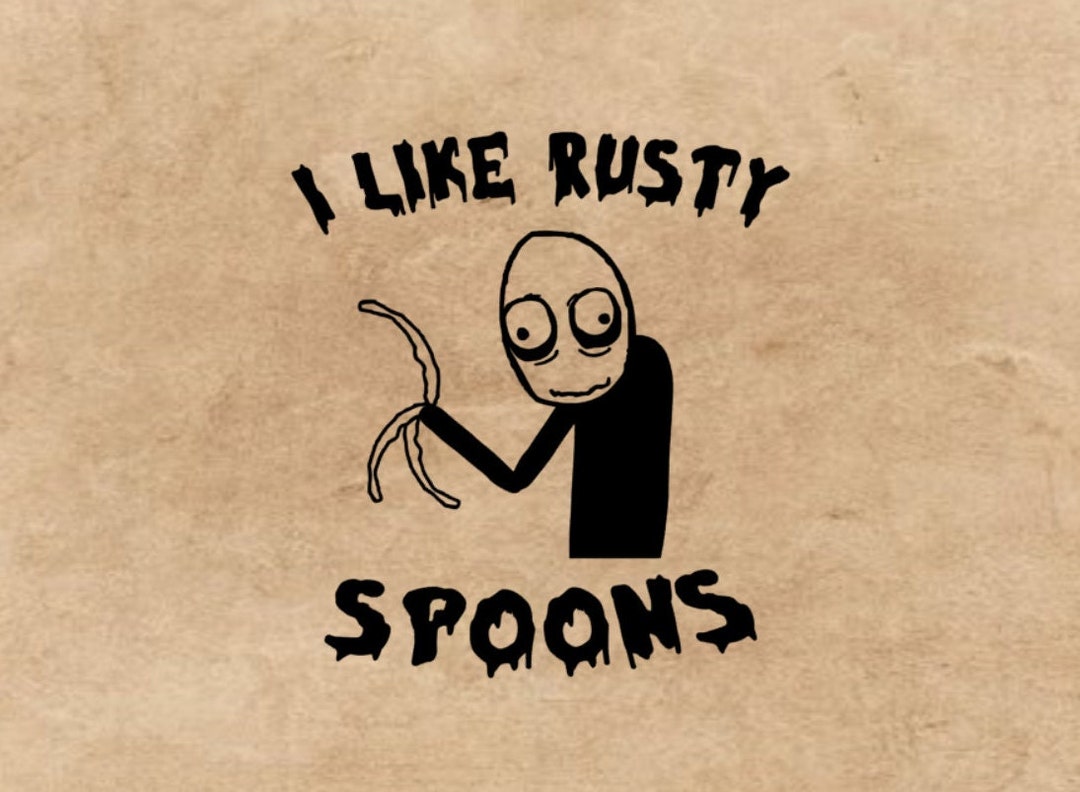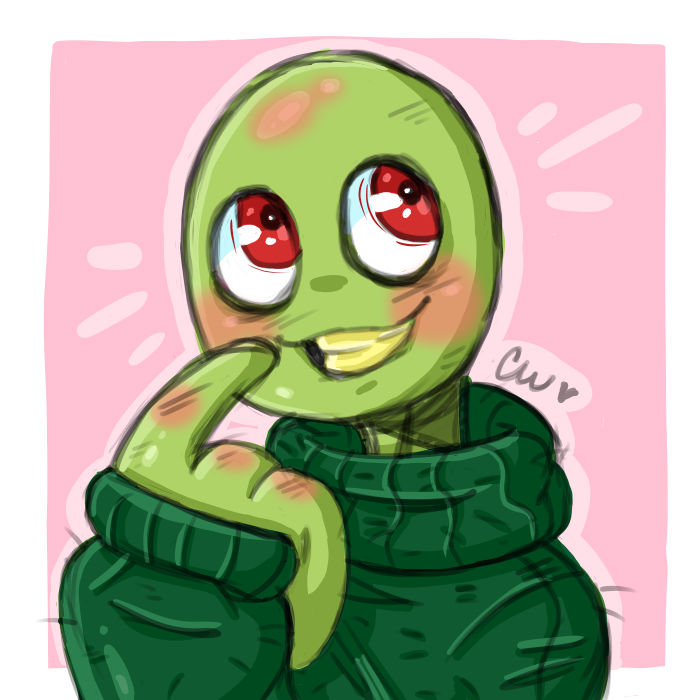I like rusty spoons. This fascination, seemingly trivial, unlocks a shocking depth of which means, revealing a singular perspective on aesthetics, historical past, and even private connection. Past the surface-level enchantment of weathered metallic, lies a narrative ready to be uncovered. We’ll discover the explanations behind this seemingly easy choice, analyzing the cultural and private elements that contribute to this peculiar appreciation.

The enchantment of rusty spoons may shock some, however the emotional connection to those objects runs deep for a lot of. Their historical past typically intertwines with reminiscences, tales, and traditions handed down by means of generations. From humble beginnings to the current day, we’ll delve into the context surrounding this distinctive style. Think about the sensory expertise: the tactile really feel of the aged metallic, the faint scent of previous meals clinging to the floor, and the delicate variations within the rust patterns.
I discover a sure appeal in rusty spoons, a singular patina hinting at tales untold. This brings me to contemplate the phrase “what about you?”, typically utilized in informal dialog, and its variations, just like the abbreviation “WABU” what about you abbreviation. Finally, although, my fondness for rusty spoons stays a private quirk.
The attract of a well-worn, barely tarnished object, a rusty spoon maybe, might be surprisingly compelling. It speaks of tales lived, meals shared, and time’s mild passage. Why do a few of us discover ourselves drawn to the patina of rust, the delicate whisper of age on a spoon? This exploration delves into the aesthetic, historic, and even psychological causes behind this peculiar fondness.
I’ve at all times had a peculiar fondness for rusty spoons, a sure appeal of their weathered look. This tactile enchantment, very similar to the sturdy construct of a hardcover e book, contrasts fantastically with the usually extra delicate nature of a paperback, which highlights the distinction between what is the difference between paperback and hardcover. Finally, whether or not it is the distinctive patina of a rusty spoon or the enduring high quality of a well-made e book, I admire the lasting worth in each.
The Aesthetic Attraction of Rust
Rust, in its various hues and textures, provides a singular visible language. The delicate gradations of orange, brown, and crimson might be remarkably lovely, significantly when contrasted towards the graceful metallic beneath. This interaction of textures, the roughened floor towards the graceful, can create a fascinating visible impact. The unevenness of rust provides depth and character, a high quality typically lacking in pristine objects.
Past Aesthetics: The Symbolism of Time, I like rusty spoons
Rust is a tangible illustration of time’s passage. It is a visible reminder of the ephemeral nature of issues, the inevitable transformation that happens over time. This inherent symbolism might be deeply shifting, evoking a way of historical past and nostalgia. The rusty spoon, a easy utensil, turns into a vessel for profound reflections on the previous.
The Historic Context
Understanding the historic context of rusty spoons can add one other layer of appreciation. In eras earlier than mass manufacturing, spoons have been typically handcrafted, imbued with the distinctive marks of the artisan. Over time, the use and passage of generations would go away their mark, creating a visible narrative of the item’s journey. This private historical past provides an additional dimension to the attract of a rusty spoon.
The Position of Spoons in Day by day Life
Spoons, throughout cultures and time durations, have been extra than simply consuming utensils. They’ve been integral to day by day rituals, from communal meals to private celebrations. The delicate put on and tear of a rusty spoon, then, can inform tales of shared meals, of household gatherings, and of life’s day by day rhythms.
The Psychological Connection
Past the aesthetic and historic dimensions, there is a psychological element to the enchantment of rusty spoons. The connection to the previous, the sense of nostalgia, might be highly effective. Maybe it is a unconscious craving for less complicated instances, for a connection to custom. The rust-covered spoon is usually a tangible hyperlink to reminiscences, fostering a way of belonging and continuity.
The Position of Reminiscence and Nostalgia
Reminiscences typically connect themselves to particular objects. A rusty spoon, particularly one related to a liked one or a cherished reminiscence, can maintain a profound emotional significance. The tarnished metallic acts as a visible anchor, drawing us again to moments of pleasure, loss, and shared experiences. [Image: Photo of a collection of antique spoons, some rusty, some polished]
Amassing Rusty Spoons: A Rising Development?
The appreciation for rusty spoons shouldn’t be restricted to informal statement. A rising group of collectors exists, recognizing the distinctive appeal and historic significance of those objects. The gathering development extends past spoons, encompassing different vintage utensils and artifacts that bear the marks of time. [See also: The History and Value of Antique Utensils]
My affection for rusty spoons, oddly sufficient, jogs my memory of the endearing appeal of a Chinese language Lion Canine informally. These canines, typically seen in parades, possess an identical, nearly weathered, charisma. Maybe that is why I am drawn to the country great thing about rusty spoons, discovering a kindred spirit of their worn and liked look. Chinese Lion Dog informally provide a captivating perception into the cultural significance of those playful creatures.
The enchantment, in the end, lies within the shared historical past and character. The patina of time, whether or not on a spoon or a canine, at all times appears to carry a singular and intriguing high quality.
Understanding Worth and Authenticity
Figuring out the worth and authenticity of rusty spoons might be complicated, typically requiring experience in antiques and collectibles. Components like the fabric, age, and provenance all contribute to the general worth of the piece. [Image: Chart illustrating factors influencing antique spoon value]
Past Spoons: A Broader Perspective
The fascination with rusty objects is not confined to spoons. This appreciation for the patina of time extends to different objects, from furnishings to instruments. The great thing about the weathered, the story embedded within the rust, speaks to our innate human want to attach with the previous.
The Attract of the Weathered
The enchantment of the weathered and worn extends past the tangible. It could replicate a choice for the genuine, the true, and the unpolished. This choice for the uncooked and unrefined resonates with a rising want to embrace imperfection and the pure means of decay.
Conclusion: I Like Rusty Spoons
The straightforward pleasure of liking rusty spoons is a posh interaction of aesthetics, historical past, and psychology. From the visible enchantment of the rust to the tales embedded within the patina, the rusty spoon provides a fascinating window into the previous. This appreciation, whereas seemingly trivial, speaks to a deeper human want to attach with the historical past and legacy of objects round us.
Do you’ve a favourite rusty object? Share your ideas and tales within the feedback beneath! [See also: Other Interesting Historical Objects]

Share this text on social media and proceed the dialog!
In conclusion, the seemingly easy act of appreciating rusty spoons reveals a wealthy tapestry of non-public experiences, cultural influences, and historic context. This fascination transcends the mundane, providing a window into the distinctive methods we join with our previous, current, and the world round us. Finally, the love for rusty spoons speaks volumes concerning the energy of non-public connection and the enduring enchantment of the genuine.
Questions Usually Requested
What’s the significance of the colour variations within the rust?
My affection for rusty spoons is simple. A deep appreciation for the worn, distinctive character of those utensils extends to a fascination with phrases. For instance, take into account the intriguing array of seven-letter phrases starting with ‘C’ – a captivating topic, and yow will discover lots of them here. Finally, each the patina on a spoon and the complexity of language are fascinating in their very own proper, reminding me of why I like rusty spoons a lot.
The various shades and patterns of rust on a spoon can inform a narrative. Several types of rust can point out the kind of metallic, the atmosphere the spoon was uncovered to, and even the age of the merchandise. It could reveal a singular historical past, highlighting the totally different components which have interacted with the spoon over time.
Are there any particular cultural connotations related to rusty spoons?
In some cultures, rust could symbolize resilience or the passage of time. It may additionally be seen as an indication of authenticity or a connection to the previous. The which means also can fluctuate significantly relying on the person’s private experiences and cultural background.
How can somebody develop an appreciation for rusty spoons?
My fascination with rusty spoons extends past their aesthetic enchantment. Understanding the nuances of on-line abbreviations, like determining what “WSP” means in texting, what does wsp stand for in texting , might be surprisingly fascinating. Finally, although, I nonetheless discover myself drawn to the straightforward, unpolished great thing about these aged spoons.
Exploring the historical past and craftsmanship behind the item is usually a nice start line. Understanding the tales and experiences related to these objects, by means of analysis or private tales, also can foster a deeper appreciation. Taking the time to note the small print, like the feel, and the delicate variations within the rust patterns, could make the appreciation extra profound.
